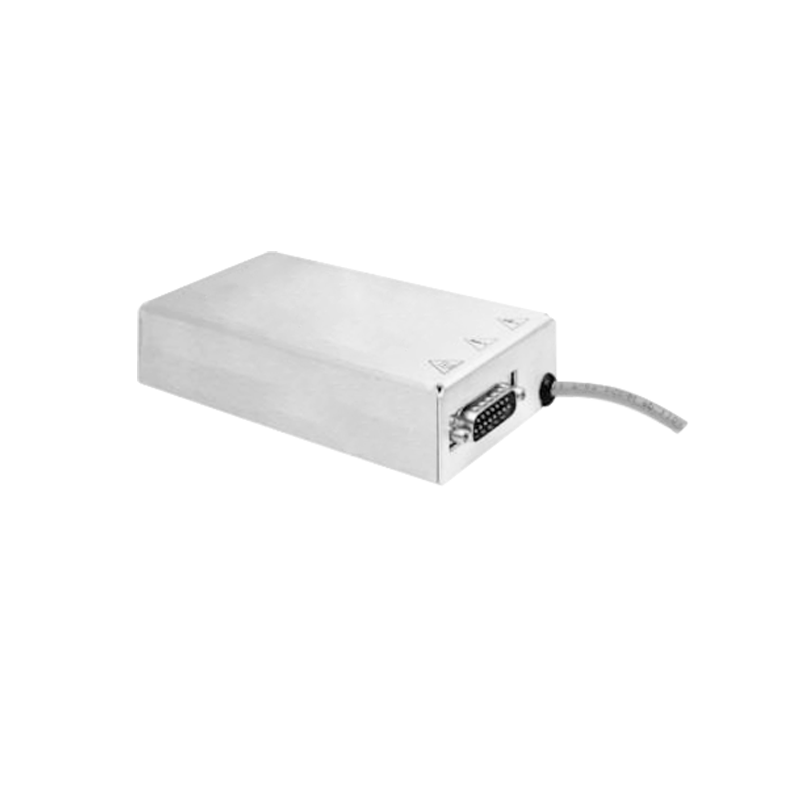Comparison of High-Voltage Switching Power Supply Topologies for CO2 Lasers
CO2 lasers, which are widely used in industrial cutting, welding and other processing applications, have output power levels and processing quality that greatly depend on the high-voltage power supply system of the laser. High-voltage switching power supplies have become the mainstream choice for CO2 laser power sources due to their high efficiency and small size. Currently, the high-voltage switching power supplies for CO2 lasers mainly have the following topologies:
The first is the hard-switched pulse power supply, typically with a half-bridge LLC resonant circuit topology. This circuit utilizes the LLC resonator to achieve zero voltage or zero current switching, reducing the stress on the switching devices. At the same time, it obtains a stable DC bus voltage through the resonant principle, thereby generating high quality laser pulse outputs. This topology has high efficiency but larger size and limited modulation frequency.
The second is the soft-switched pulse power supply, typically a full-bridge LLC resonant circuit. Compared with the half bridge, the full-bridge LLC topology can achieve bidirectional power transfer, and phase shift control can effectively suppress inrush current and enable seamless switching. This structure has higher complexity but also higher efficiency and power density.
The third is the multi-level topology, such as using multiple low-voltage DC-DC converters in series to obtain high-voltage output. This topology can achieve efficient conversion by dividing the voltage stress, reducing the voltage stress on individual devices and enhancing reliability. However, the circuit is complex and control is difficult.
The fourth is the multi-resonant structure, containing multiple resonant converters, each generating an intermediate DC bus voltage with a phase shift, which are finally combined through a transformer. This structure can achieve laser pulse outputs at frequencies up to the megahertz level.
In summary, the half-bridge LLC resonant circuit is the simplest and most cost-effective high-voltage switching power supply structure for CO2 lasers, while the full-bridge LLC topology has the advantages of high power density and efficiency. The multi-level and multi-resonant topologies are suitable for high power or high frequency applications, but have more challenging control and stability. There is still much room for improvement in future CO2 laser high-voltage power supplies, such as further improvements in device technology, innovative topological structures, etc. We look forward to continued breakthroughs in CO2 laser high-voltage power supply technology, to make new contributions to the advancement of laser processing technology.




















